While the US intensively managed timberland investment market is so active and competitive today, it is not really that old. If you went back 100 years ago, the forest in today’s primary investment areas (US Southeast, Pacific Northwest, Sierra Nevada, Northern tier and New England States, Midwest, Appalachians) would have been heavily cut over (cleared for agriculture and/or sweeping-scale lumber production) in the not-too-distant past and were subject to major wildfires. Portions of the country where the timber grows slower (higher latitude or elevations or areas with lower rainfall) still have decreased amounts of large trees after all these years. Other areas like the US Southeast, with very high growth rate potential, have gone through multiple harvest rotations in the same time period.
After WWII, we entered a period of increasing purposeful tree planting and timber management where it made sense for erosion control and business development (for an emerging pulp business at the time). These efforts were supported by the US Forest Service and by strong University and industrial company forest research and tree improvement systems. Tree growing regions and specific tree species with the most potential for quality pulp and lumber production garnered the most funding, attention, and research effort. In the Southeast US, loblolly and slash pine received the most effort for genetic improvement and supporting silviculture (the culture or methods for growing trees). In the Pacific Northwest, Douglas Fir and Western Hemlock were focused on. Other areas with slower growth rates or hardwood dominance generally remained in natural regeneration systems.
Early research and applied operational improvements for tree growth in the 1950’s to 1970’s included working to better understand the impacts of drainage, site clearing and bedding, and seed production areas. Research focuses in the 1980’s and 1990’s included chemical herbicide site preparation, herbaceous weed and competing hardwood control (for softwood planted species), initial planting and thinning densities, pest control and fertilization. These advances greatly empowered production potential for the species with the highest level of focus. Loblolly pine yields for instance, increased from maybe 1-4 tons/acre/year initially with natural management to up to 8-11+ tons/acre/year of production now; with potential growth having basically doubled every 20 years over this research period. With such improvements in plantation softwood production, in the US South and the Pacific Northwest, much of the softwood timber now comes from planted stands of timber with a fairly high level of culture and management. There are still plenty of natural areas throughout, but they are often utilized for conservation, preservation, education, and outdoor recreation. In contrast, most of the hardwood timber still comes from naturally regenerated and low intensity management stands of timber. In the central and New England States, the majority of both the softwood and hardwood still comes from naturally regenerated stands (but investment success with red pine, spruces, etc. are growing in some areas).
So what determines whether you would clearcut your timber and plant a managed stand as opposed to managing naturally sprouting timber or completing periodic select-cuts? Objectives, capabilities, capital (both existing land value and investment dollars) and potential cash flow amounts and timing. Cash flow amounts and timing are very dependent on local forest product market levels, which vary greatly. A long-term timber management client of mine had a simple, applicable statement, “Money demands it return!”. While planting pines or fir (or spruce, etc.) brings control and focus (optimizing resources, genetics, spacing) to the investment, it also brings considerable and increasing investment costs. Current pine plantation establishment costs in the US Southeast right now may range from $200-$500/acre and this investment money may need to be carried for 15-32 years for full recovery of capital and returns; but, intermediate and less incomes from thinning help tremendously.
Did I say that markets are local? They so are, for both timber products and the land itself, and for contractor services. In Georgia for instance, if you ran a transect from N. GA (just east of Atlanta) to middle GA (near Macon) to SE GA (near Valdosta), the prices for pine sawtimber for instance, might average $18-23, $24-30, and $45-50/ton respectively across those regions. At the same time, the pulpwood prices might average $7, $10, and $18/ton respectively along that same transect. These are huge differences in value for the same weight of produced wood. But, establishment costs in NE GA would on average be less and land appreciation rates will be higher on average as opposed to SE GA.
And not only are forest product markets local, they are also dynamic, even volatile at times. In this example, N. GA is the lowest value stumpage market and it also has the lowest volatility. While low volatility seems stable or consistent, high volatility means opportunity to catch a high price. Prices rise or fall rather quickly due to weather produced constraints on timber supply, or in contrast due to decreased demand. Prices may also rise or fade over time within a region due to mill addition or closures. As an example of volatility, pine pulpwood prices in N. GA might trend from low end $4-5/ton to a high of $8-11/ton, while in SE GA for the same product, prices could range from $12/ton to $30/ton during a 1-3 year time frame. Markets are certainly both local and volatility potential differs.
But markets aren’t everything for the investment equation. You must also consider a) growth rates, and b) the percentage of usable space. Growth rates potential varies considerably by soil type, climate, active pests, and genetic options. For example, along that same transect from above, the NE GA soils (even with lesser growing season days) have great growth potential from their sandy loam over clay soils (7-11 tons/acre/year), while the fall-line sands in middle GA have some of the lowest growth potential (4-9 tons/acre/year; due to lesser water and nutrient holding capacities), and the SE GA sand over clay soils (near Darien, GA for instance) will have some of the highest potential (8-12 tons/acre/year) for pine growth due to the long growing season, increased water availability and strong inherent nutrition. But are all acres producing? In GA for instance, the SW Central area of the state will have the highest percentage of usable space. In some cases every acre of a 200-acre tract will be capable of producing planted timber. In contrast, in the SE section of the state, much of the land (maybe 35% for instance) will be in poorly drained swamps or river bottoms versus plantable and in NE Georgia a good percentage of the land (often 15-30%) will be on steep slopes or environmentally sensitive Streamside Management Zones.
With so many timber investment drivers, how do you make decisions of where to buy land, what to be willing to pay, and whether to focus your management on planted or natural stands? There are actually ‘models’ for estimating growth potential for most all regions and tree species. There are also forest sector professionals (to include forestry consultants, researcher, timber buyers, logger, state forestry commission employees, and private contractors) that are great sources for information regarding markets and trends. These models, tools, and professionals empower standard methods of discounted cash flow analysis and cost-benefit analysis for each potential land purchase.
Written by Derek Dougherty, a forest management and forestry research entrepreneur who lives in Georgia and works throughout the Southeast U.S. Derek has a PhD from the University of Georgia Warnell School and 30 years of experience in forestry related endeavors (land investment, timber management, research, tree breeding, seedling production and small-scale sawmilling).
This content may not be used or reproduced in any manner whatsoever, in part or in whole, without written permission of LANDTHINK. Use of this content without permission is a violation of federal copyright law. The articles, posts, comments, opinions and information provided by LANDTHINK are for informational and research purposes only and DOES NOT substitute or coincide with the advice of an attorney, accountant, real estate broker or any other licensed real estate professional. LANDTHINK strongly advises visitors and readers to seek their own professional guidance and advice related to buying, investing in or selling real estate.



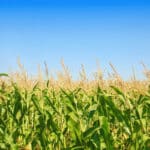


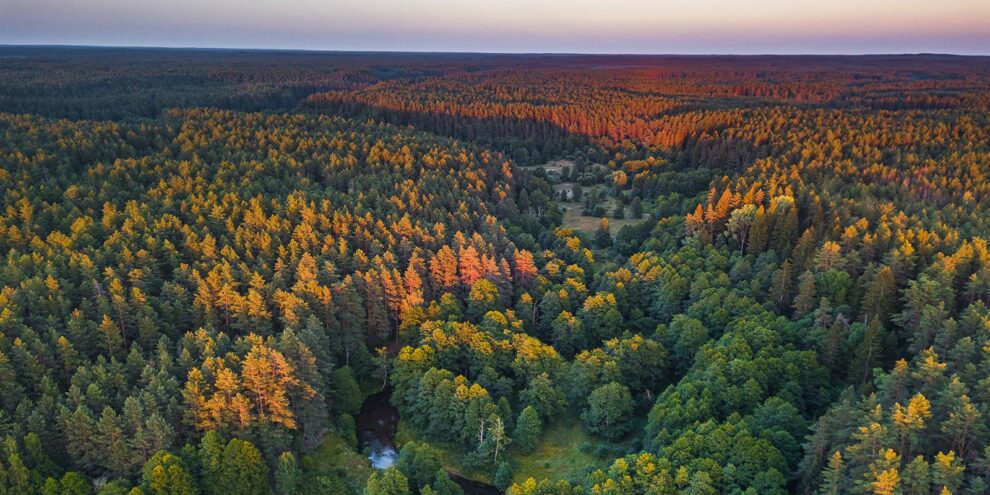
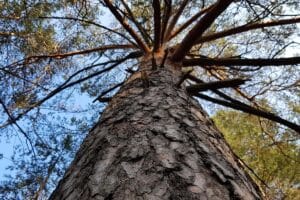
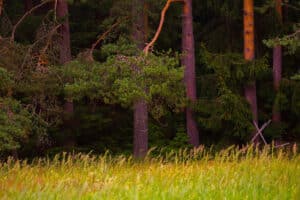
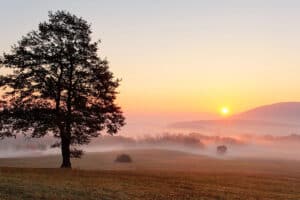
Add Comment